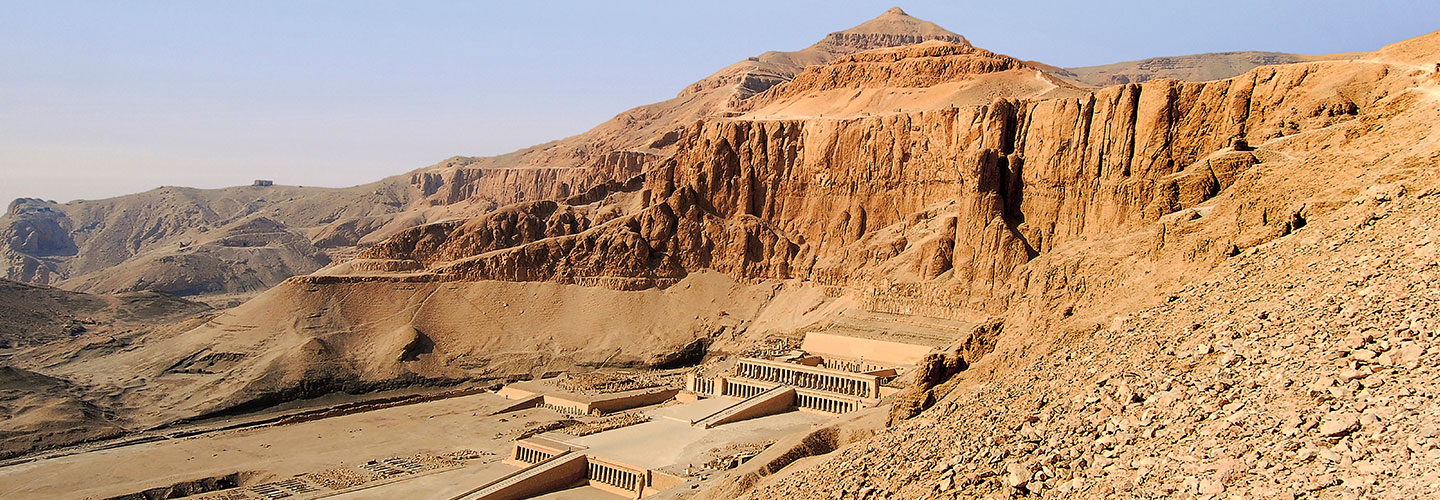Jim McMahon/Mapmap
Thousands of years ago, Egyptians buried their wealthiest in elaborate tombs. Kings and other royals were buried in a region called the Valley of the Kings. Many noblemen were buried in a city’s necropolis, or cemetery.
Last year, archaeologists found a mummy inside one of the tombs of Dra Abul Naga, a necropolis for the ancient city of Thebes. The tomb in which the mummy was found is called Kampp 150, after Egyptologist Friederike Kampp-Seyfried. She surveyed and numbered the region’s tombs in the 1990s when she was a graduate student.
Thousands of years ago, Egyptians built elaborate tombs to bury the wealthy. Kings and other royalty were buried in a region called the Valley of the Kings. Noblemen were often buried closer to home. Each city had its own necropolis, or cemetery.
Last year, archaeologists found a mummy near the ancient city of Thebes. It was buried in a necropolis called Dra Abul Naga. The mummy was inside a tomb called Kampp 150. It was named for Friederike Kampp-Seyfried, who studies ancient Egypt. In the 1990s, she surveyed and numbered the tombs in the region. She was a graduate student at the time.

